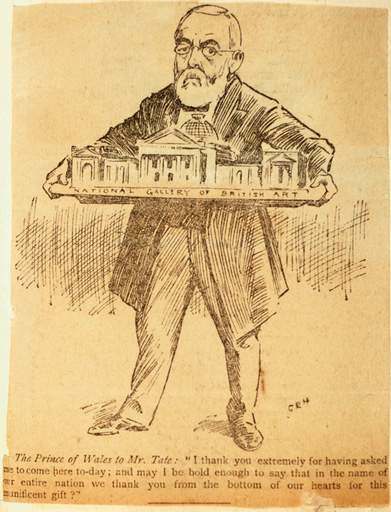Dear Henry Tate,
Do artists have ‘stages’ in the way that they used to? Philip Guston famously ditched abstraction for cartoon-inspired figuration, much to the bemusement of critics. Jackson Pollock got famous for work he made over a five-year period. Some stages are short-lived. As Bernard Marcadé writes, Magritte’s underrated ‘vache’ period – which was a clear break from his traditional Surrealism – lasted only a couple of years. J.E. Millais (at Tate Britain) has many stages in his long career. Best known for his Pre-Raphaelite picture Ophelia, in later life he painted emotive, empty landscapes. They reflected a poetic sincerity that avoided the mawkish sentimentalism of the High Victorian era.
Some artists, however, remain confidently consistent throughout. One such is Louise Bourgeois. As her retrospective exhibition at Tate Modern will show, her drawings and sculptures reflect the strength of vision of her personal universe that has been there from the beginning
Retrospectives in themselves are selective, and, due to the naturally patchy nature of any museum’s collection, we are more likely to see a piece in isolation - or in the context of other works. Where and how these are displayed together shapes the way we think about them, a theme explored in Jonathan Harris’s piece on Tate Liverpool’s rehang. The critic Ralph Rugoff once commented that if you took Damien Hirst’s shark to Sea World, it would be just a dead fish. Something to bear in mind when visiting the Turner Prize retrospective at Tate Britain. Martin Herbert describes the prize as ‘a bellweather of contemporary British art practice’, but how will these works – seen together for the first time – look today?
Bice Curiger and Simon Grant.


